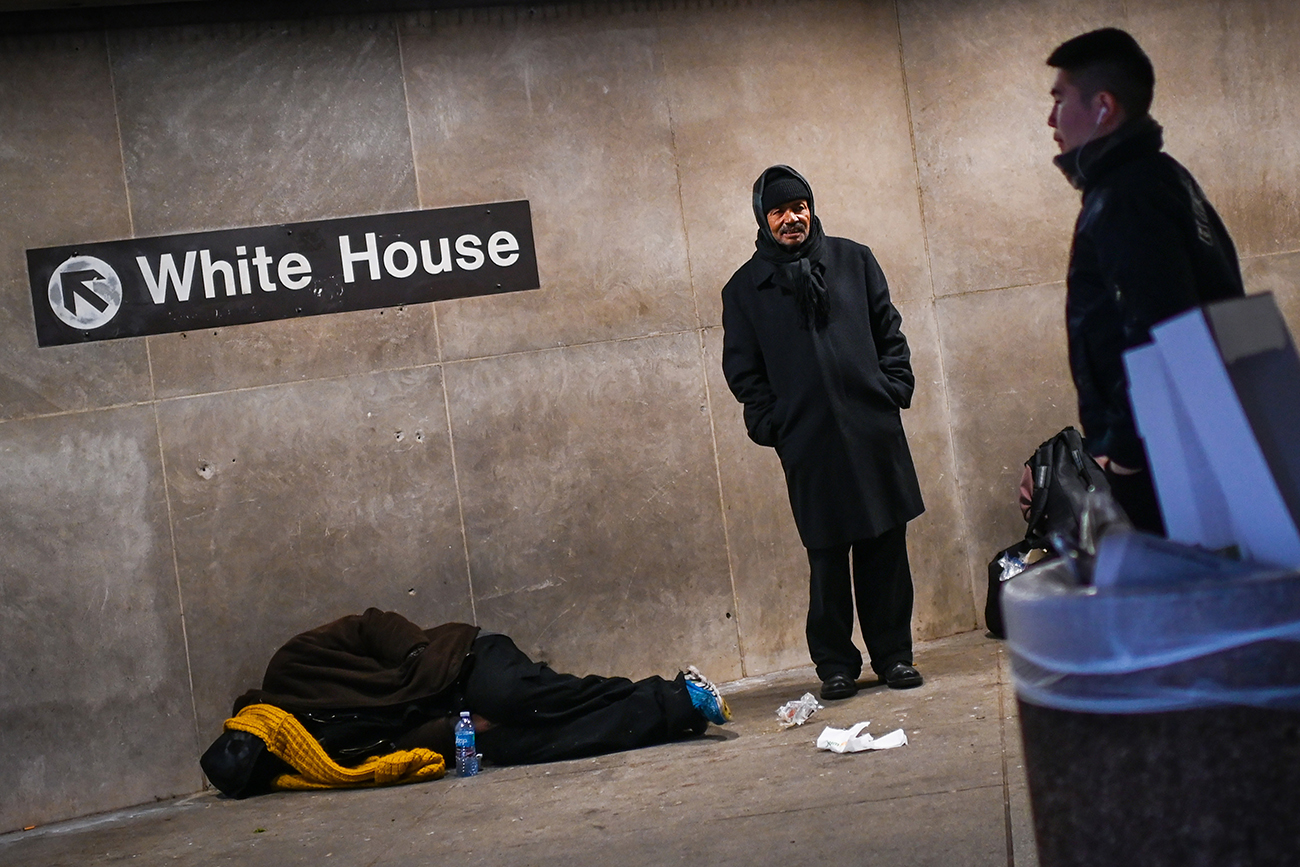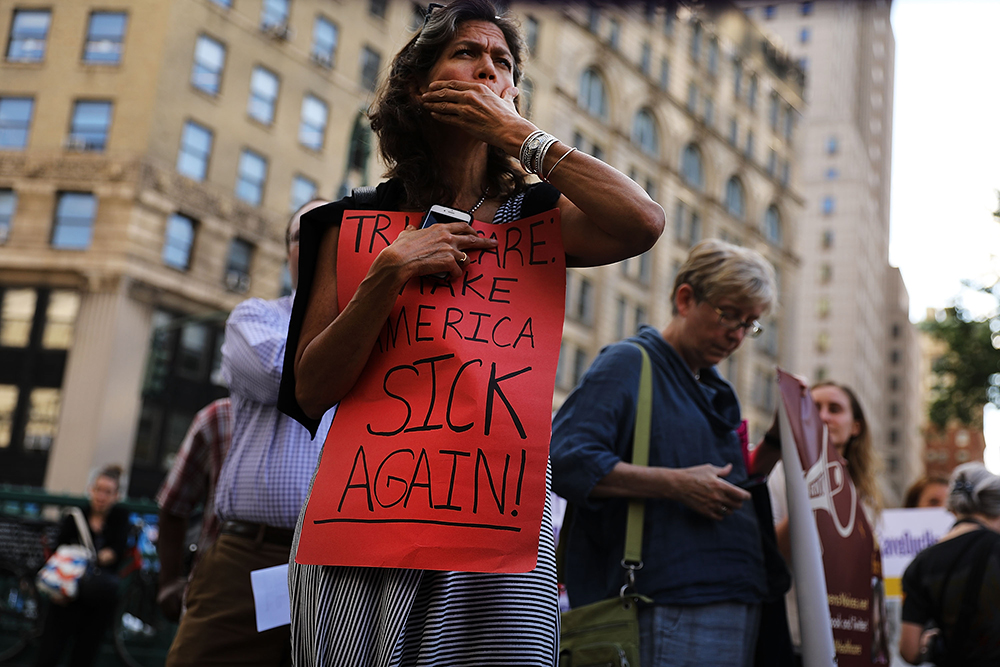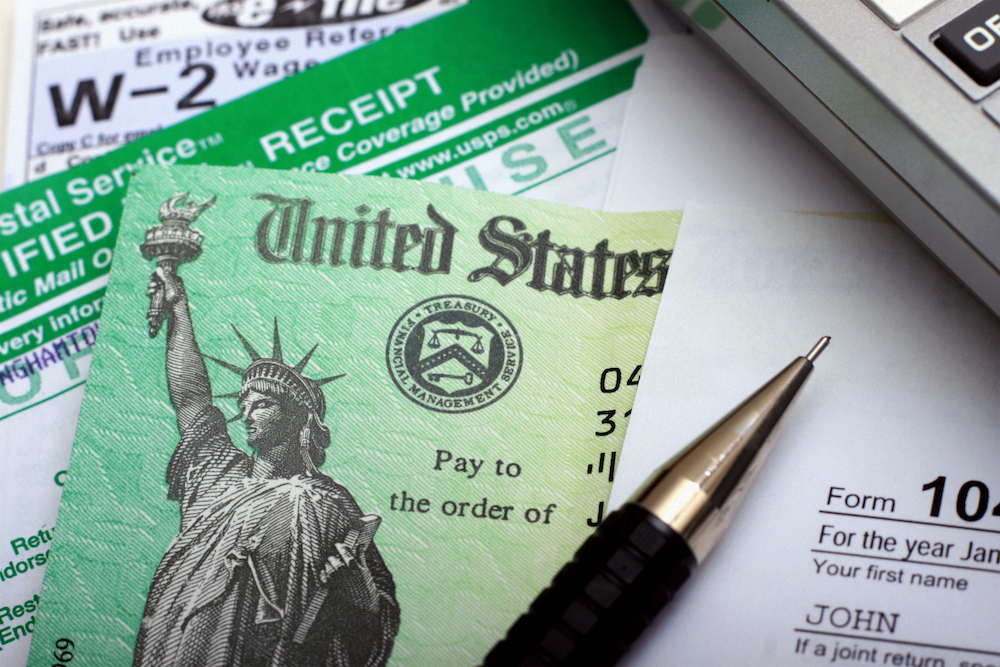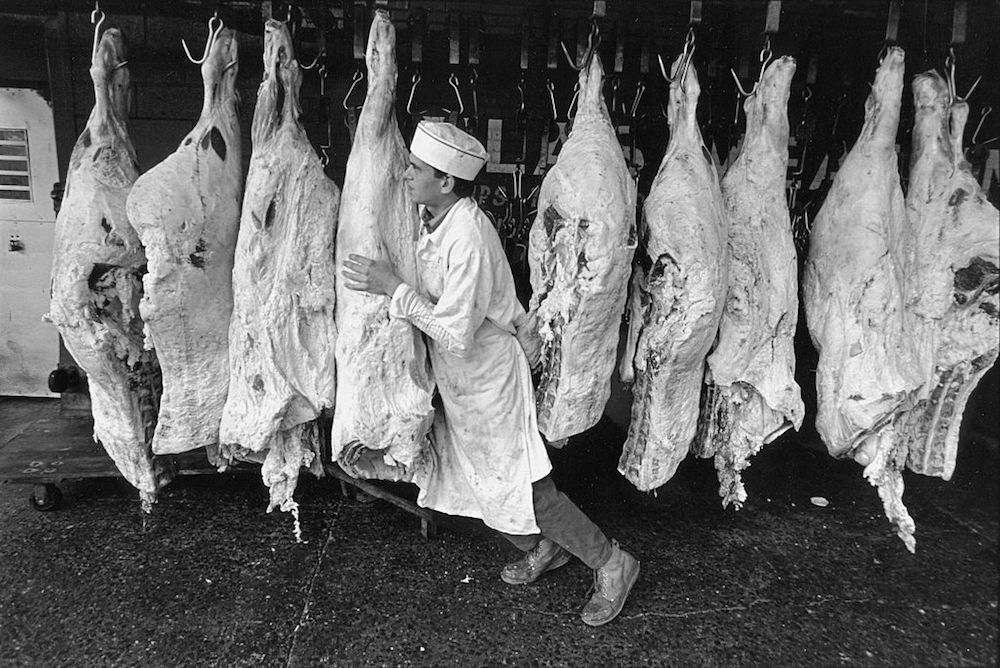Everyone always forgets about apartment building laundry rooms. That’s where I used to go when the temperature dipped below freezing — the doors are unlocked and they’re usually in the basement, far away from residents who might be tempted to call the cops to report us. If anyone knew to check, they could find as many as 20 people in a single building, huddling there away from the cold.
That’s why, when volunteers conduct the annual Point-In-Time Count by canvassing cities to count the number of people experiencing homelessness, I tell my partners to start in the laundry rooms. The count is always scheduled for the last 10 days in January, one of the coldest times of the year. Our hope is that the weather drives people off the streets and into the shelters, where it’s easier to get an accurate count. Then volunteers fan across the city in an attempt to count the remaining people who are still spending the night outside.
In a city as unaffordable as Washington, D.C., it’s not hard to find yourself included among the thousands of people experiencing homelessness during the Point-in-Time Count. I know, because I’ve been on both sides of it: For three years I have helped count people, because for nearly 30 years before that I was one of them. I’ve lived in this city my entire life, and I’ve watched it change drastically. In 1980, I got my first apartment – a studio near 9th and Kennedy – and my minimum wage job was enough to cover the $200 a month rent. Now, average rent for a studio in D.C. is $1,642. I could work those same jobs and still land in a shelter at the end of the night. The margin of error has been completely erased.
Get TalkPoverty In Your Inbox
For decades, that margin was my most consistent home. I jumped from job to job, unable to stay anywhere long-term. I was enthusiastic about the work one minute, and the next I’d find myself quitting in a fit of disappointment. Looking back now, I can see how undiagnosed and untreated manic depression jeopardized my livelihood. But in the moment, all I could focus on was how I couldn’t make rent.
With housing out of reach, I alternated between staying in shelters and living on the street — there were some abandoned warehouses in the Northeast corner of the city that functioned as my go-to spot. But the instability — in and out of jobs, apartments, the streets, and shelters — only compounded my mental illness and I spiraled into addiction.
It’s impossible to explain how much of your brain homelessness takes up. It isn’t just the fact that you don’t have a home to call your own. It affects every part of your daily life, until meeting your most basic needs (What bathroom can I use? When will my next meal be? Will there be room in the shelter tonight?) requires all your time and energy.
When volunteers from the Point-in-Time Count found me, I was inches away from suicide. When I volunteer in the count, I see the memories of those days reflected in the faces of friends who are still living a life I know well. I ask them the same questions about how they’re doing and what they need to be able to do better every year, but I already know the answer.
The blame for my homelessness is always placed on me — my mental illness, my substance misuse, my joblessness — but never on the housing market. That is exactly backwards. It wasn’t until a nonprofit helped me get a subsidized apartment that I was finally able to address the things that made it so hard for me to support myself. That’s when I was able to find a doctor, get diagnosed, start treatment, and hold a steady job.
Many people will look at the numbers from this year’s Point-in-Time Count and ask how to decrease that number. My experience reveals a simple answer: If we don’t want our neighbors to be homeless, then we have to give them homes that they can actually afford. Until we do that, I’d recommend starting your outreach in the laundry room.











